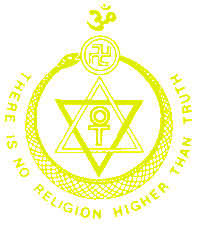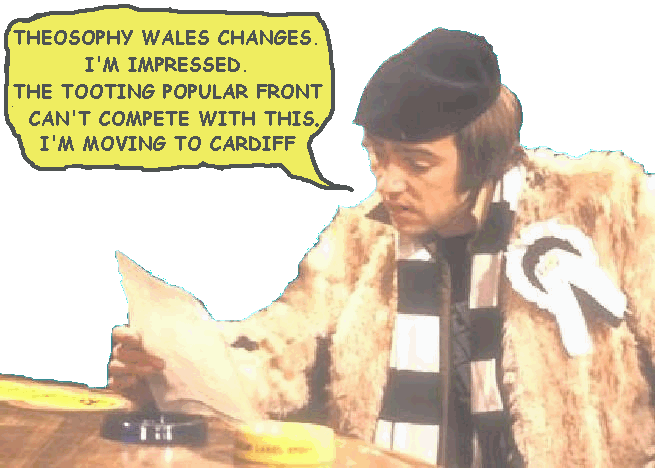HORNET
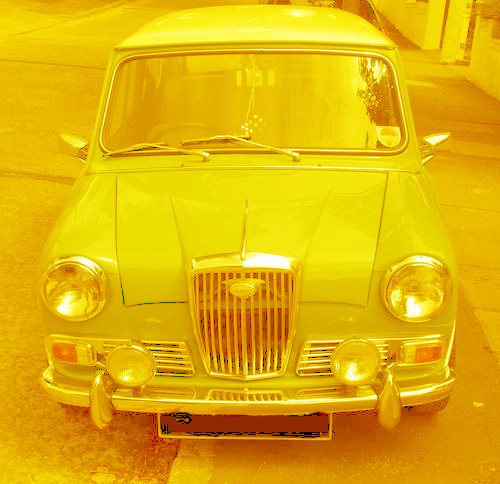
The
Wolseley Hornet 1960s model
An
upmarket version of the Mini
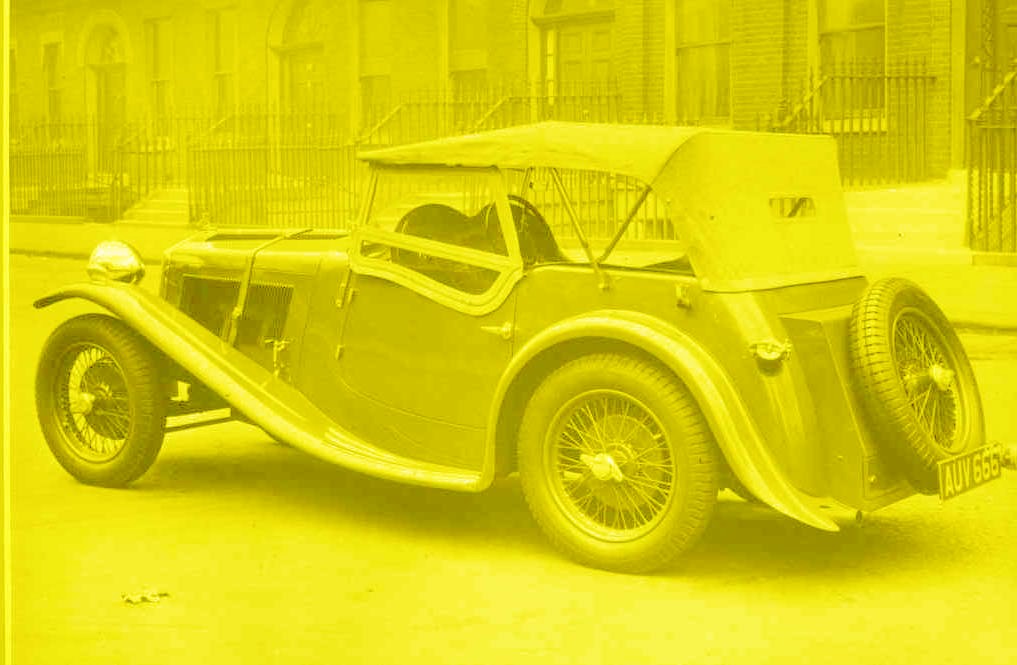
A
1930s Wolseley Hornet sports car
The
bodywork for these was made to order by a coachbuilder
of
the customer’s choice and there were many variations of this car.
The
series ran from 1930 to 1935
The Wolseley Hornet both in its 1930s sports
car
incarnation, and its 1960s posh mini version,
has
very little (in fact nothing) to do with
Theosophy
but we have found that Theosophists and new
enquirers do like pictures of classic cars
and we get a lot of positive feedback.
You can find Theosophy Wales groups
in
Bangor, Cardiff, Conwy & Swansea
Theosophy Wales has no controlling
body
and is made up of independent groups
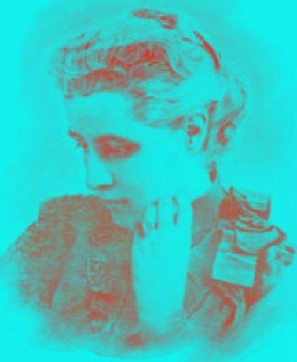
________________________
The
Ancient Wisdom
by
Annie
Besant
The Three Kinds of Karma
Ripe Karma is
that which is ready for reaping and which is therefore inevitable. Out of all
the karma of the past there is a certain amount which can be exhausted within
the limits of a single life; there are some kinds of karma that are so
incongruous that they could not be worked out in a single physical body, but
would require very different types of body for their expression; there are
liabilities contracted towards other souls, and all these souls will not be in
incarnation at the same time; there is karma that must be worked out in some
particular nation or particular social position, while the same man has other
karma that needs an entirely different environment.
Part only,
therefore, of his total karma can be worked out in a given life, and this part
is selected by the Great Lords of Karma – of whom something will presently be
said – and the soul is guided to incarnate in a family, a nation, a place, a
body, suitable for the exhaustion of that aggregate of causes which can
be worked out
together. This aggregate of causes fixes the length of that particular life;
gives to the body its characteristics, its powers, and its limitations; brings
into contact with the man the souls incarnated within that life-period to whom
he has contracted obligations, surrounding him with relatives, friends, and
enemies; marks out the social conditions into which he
is born, with
their accompanying advantages and disadvantages; selects the mental energies he
can show forth by moulding the organisation of the brain and nervous system with
which he has to work; puts together the causes that result in troubles and joys
in his outer career and that can be brought into a single life.
All this is
the "ripe karma," and this can be sketched out in a horoscope cast by
a competent astrologer. In all this the man has no power of choice; all is
fixed by the choices he has made in the past, and he must discharge to the
uttermost farthing the liabilities he has contracted.
The physical,
astral and mental bodies which the soul takes on for a new life-period are, as
we have seen, the direct result of his past, and they form a most important
part of this ripe karma. They limit the soul on every side, and his past rises
up in judgment against him, marking out the limitations which he
has made for
himself. Cheerfully to accept these, and diligently to work at their
improvement, is the part of the wise man, for he cannot escape from them.
There is
another kind of ripe karma that is of very serious importance – that of
inevitable actions. Every action is the final expression of a series of
thoughts; to borrow an illustration from chemistry, we obtain a saturated
solution of thought by adding thought after thought of the same kind, until
another thought – or even an impulse, a vibration, from without – will produce
the
solidification of the whole; the action which expresses the thoughts. If we
persistently reiterate thoughts of the same kind, say of revenge, we at last
reach the point of saturation, and any impulse will solidify these into action
and a crime results. Or we may have persistently reiterated thoughts of help to
another to the point of saturation, and when the stimulus of opportunity
touches us they crystallise out as an act of heroism.
A man may
bring over with him some ripe karma of this kind, and the first vibration that
touches such a mass of thoughts ready to solidify into action will hurry him
without his renewed volition, unconsciously, into the commission of the act. He
cannot stop to think; he is in the condition in which the first
vibration of
the mind causes action; poised on the very point of balancing, the slightest
impulse sends him over. Under these circumstances a man will marvel at his own
commission of some crime, or at his own performance of some sublime act of
self-devotion. He says: " I did it without thinking," unknowing that
he had thought so often that he had made that action inevitable. When a man has
willed to do an act many times, he at last fixes his will irrevocably, and it
is only a question of opportunity when he will act.
So long he
can think, his freedom of choice remains, for he can set the new though against
the old and gradually wear it out by the reiteration of opposing thoughts; but when
the next thrill of the soul in response to a stimulus means action, the power
of choice is exhausted.
Herein lies
the solution of the old problem of necessity and free will; man by the exercise
of free will gradually creates necessities for himself, and between the two
extremes lie all the combinations of free will and necessity which make the
struggles within ourselves of which we are conscious.
We are
continually making habits by the repetitions of purposive actions guided by the
will; then the habit becomes a limitation, and we perform the action
automatically. Perhaps we are then driven to the conclusion that the habit is a
bad one, and we begin laboriously to unmake it by thoughts of the opposite
kind, and, after many an inevitable lapse into it, the new thought-current
turns the stream, and we regain our full freedom, often again gradually to make
another fetter.
So old
thought-forms persist and limit our thinking capacity, showing as individual
and as national prejudices. The majority do not know that they are thus
limited, and go on serenely in their chains, ignorant of their bondage; those
who learn the truth about their own nature become free. The constitution
of our brain
and nervous system is one of the most marked necessities in life; these we have
made inevitable by our past thinkings, and they now limit us and we often chafe
against them. They can be improved slowly and gradually; the limits can be
expanded, but they cannot be suddenly transcended.
Another form
of this ripe karma is where some past evil-thinking has made a crust of evil
habits around a man which imprisons him and makes an evil life; the actions are
the inevitable outcome of his past, as just explained, and they have been held
over, even through several lives, in consequence of those lives
not offering
opportunities for their manifestation. Meanwhile the soul has been growing and
has been developing noble qualities.
In one life
this crust of past evil is thrown out by opportunity, and because of this the
soul cannot show his later development; like a chicken ready to be hatched, he
is hidden within the
imprisoning
shell, and only the shell is visible to the external eye.
After a time
that karma is exhausted, and some apparently fortuitous event – a word from a
great Teacher, a book, a lecture – breaks the shell and the souls comes forth
free.
These are the
rare, sudden, but permanent "conversions," the "miracles of
divine grace," of which we hear; all perfectly intelligible to the knower
of karma, and felling within the realm of the law. The accumulated karma that
shows itself as
character is,
unlike the ripe, always subject to modifications. It may be said to consist of
tendencies, strong or weak, according to the thought-force that has gone to
their making, and these can be further strengthened or weakened by fresh
streams of thought-force sent to work with or against them.
If we find in
ourselves tendencies of which we disapprove, we can set ourselves to work to
eliminate them; often we fail to withstand temptation, overborne by the strong
out-rushing stream of desire, but the longer we can hold out against
it, even
though we fail in the end, the nearer are we to overcoming it. Every such
failure is a step towards success, for the resistance wears away part of the
energy, and there is less of it available for the future. The karma which is in
the course of making has been already studied.
_____________________________________
Annie Besant Visits Cardiff 1924
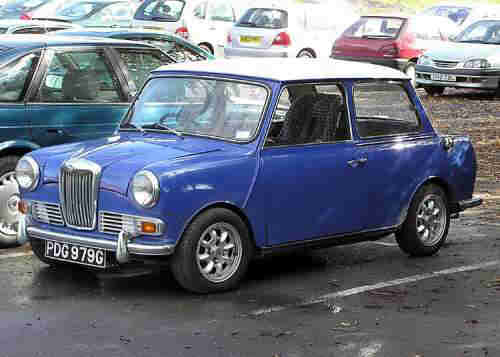
A
“G” reg Aug 1968 – July 1969 Wolseley Hornet MK III
The
1960s Wolseley Hornet was produced by the British Motor Corporation
(BMC)
from 1961 to 1969 and was upgraded thro’ MKI, II & III models
although
the outward design remained the same.
The
Wolseley Hornet was similar to the more expensive Riley Elf which ran
for
the same period with only the Riley grill and badge to distinguish
it
to the casual observer.
_____________________________
More Theosophy Stuff
with these links
Cardiff Theosophical
Society meetings are informal
and there’s always a
cup of tea afterwards
The
Cardiff Theosophical Society Website
The
National Wales Theosophy Website
Bangor,
Cardiff, Conwy & Swansea
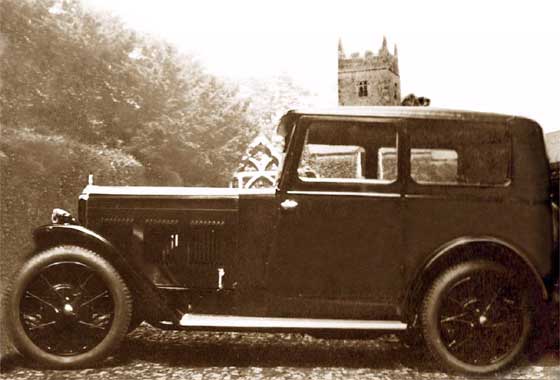
A
1931 Wolseley Hornet saloon style convertible
The Wolseley Hornet was a
lightweight saloon car produced by the Wolseley Motor Company from 1930 to
1935.
It had a six cylinder (1271cc) engine with a single overhead cam, and
hydraulic brakes. The engine was modified in 1932 to make it shorter and it was
moved forwards on the chassis. In 1935 the engine size was increased to
1378 cc.
Wolseley supplied the firsts cars as either an enclosed saloon with steel
or fabric body or open two seater. From 1931 it was available without the
saloon body, and was used as the basis for a number of sporting specials for
which the customer could choose a styling from a range of coachbuilders. In
1932 Wolsley added two and four seat coupés to the range. For its final year of
production the range was rationalised to a standard saloon and coupé.
A three speed gearbox was fitted to the earliest cars but this was upgraded
to a four speed in 1932 and fitted with synchromesh from 1933. A freewheel
mechanism could be ordered in 1934.The engine was also used in a range of MG
cars.
If you
run a Theosophy Group, please feel free
to use
any of the material on this site
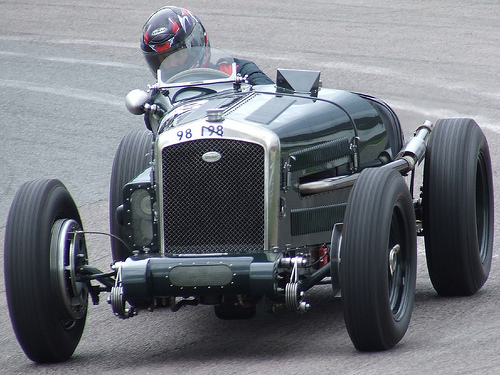
1930s
Wolseley Hornet racing car circuiting the track in modern times
The Most Basic Theosophy
Website in the Universe
A quick overview of Theosophy
and the Theosophical Society
If you run a Theosophy Group you
can use this as an introductory handout.
Theosophy Cardiff’s Instant Guide
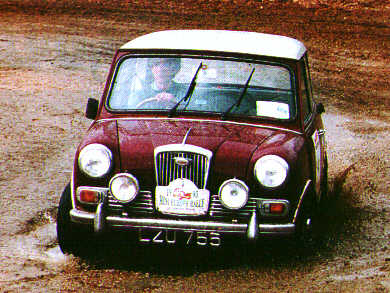
Wolseley
Hornet on a rally circa 1963
Theosophical Movement in Wales
as it separates into independent
groups that run do their own show
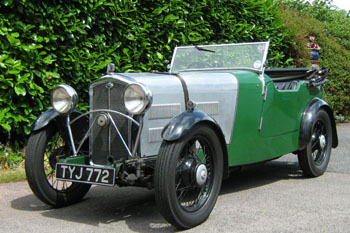
Early
1930s Wolseley Hornet customized roadster design
Basic
front mudguards not extending to runner boards.
Only
the driver gets a windscreen wiper
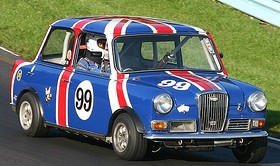
Patriotic
Wolseley Hornet on the race track in 1965
One liners and quick explanations
H P
Blavatsky is usually the only
Theosophist
that most people have ever
heard
of. Let’s put that right
The Voice of the Silence Website
An
Independent Theosophical Republic
Links
to Free Online Theosophy
Study
Resources; Courses, Writings,
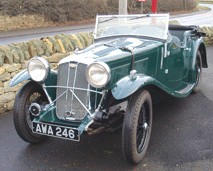
Early
1930s Customized Wolseley Hornet with integrated front mudguards
and
runner boards. Two windscreen wipers on this one.
The main criteria for the inclusion of
links on this site is that they have some
relationship (however tenuous) to Theosophy
and are lightweight, amusing or entertaining.
Topics include Quantum Theory and Socks,
Dick Dastardly and Legendary Blues Singers.
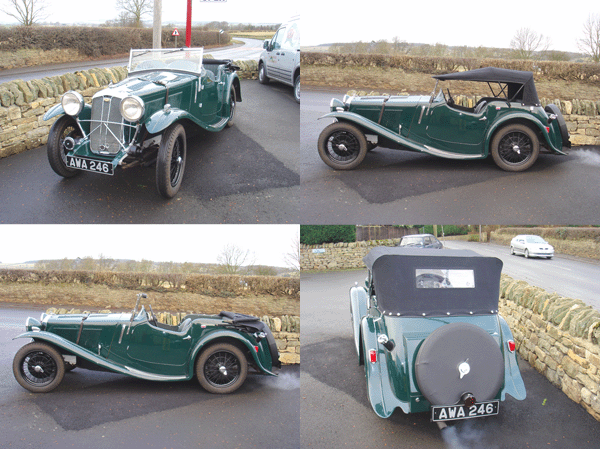
Four
views of the car in the picture above
A selection of articles on Reincarnation
Provided in response to the large
number of enquiries we receive at
Cardiff Theosophical Society on this subject
The Voice of the Silence Website
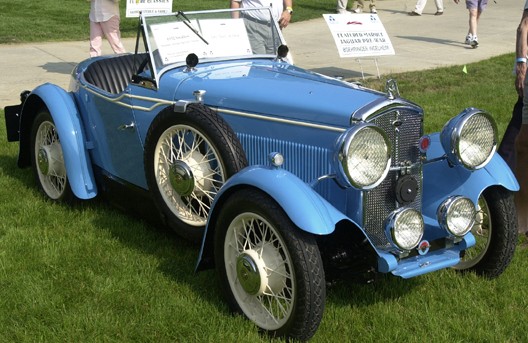
Swallow Wolseley Hornet 1932
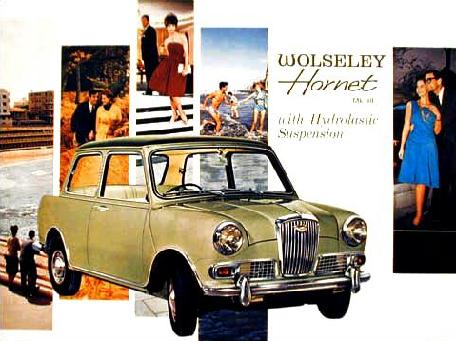
A
leaflet promoting the new hydrolastic suspension introduced in the mid sixties.
This
became standard on many BMC models including the Mini, 1100, 1300
&
1800 models. Suspension was maintained by means of a sealed fluid system
which
was claimed to be very comfortable but appeared to make some people
seasick
in the larger cars. As the cars got older, the suspension might burst
causing
the car’s suspension to collapse on one side meaning a difficult
drive
home or to a garage.
This is for
everyone, you don’t have to live
in Wales to
make good use of this Website
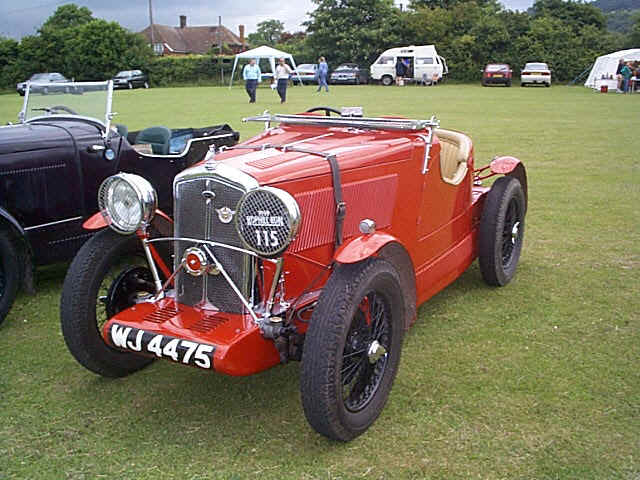
1930s
Corsica Wolseley Hornet
No
Aardvarks were harmed in the
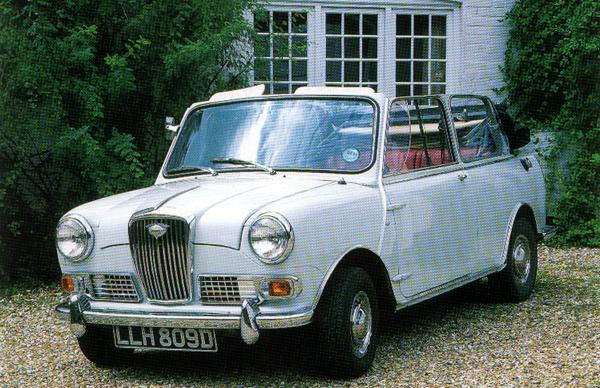
A 1966 Wolseley Hornet
convertible by Crayford Engineering
Convertible 1960s Hornets
were not standard and were very rare as
were all convertibles in the
Mini range.
Crayford did a run of 57
Hornet convertibles for Heinz to be given
as prizes in a competition
Within the British Isles, The Adyar Theosophical Society
has Groups in;
Bangor*Basingstoke*Billericay*Birmingham*Blackburn*Bolton*Bournemouth
Bradford*Bristol*Camberley*Cardiff*Chester*Conwy*Coventry*Dundee*Edinburgh
Folkstone*Glasgow*Grimsby*Inverness*Isle of
Man*Lancaster*Leeds*Leicester
Letchworth*London*Manchester*Merseyside*Middlesborough*Newcastle upon
Tyne
North Devon*Northampton*Northern Ireland*Norwich*Nottingham
Perth*Republic of Ireland*Sidmouth*Southport*Sussex*Swansea*Torbay
Tunbridge Wells*Wallasey*Warrington*Wembley*Winchester*Worthing
The Spiritual Home of Urban Theosophy
The Earth Base for Evolutionary Theosophy
A
B
C
D
EFG
H
IJ
KL
M
N
OP
QR
S
T
UV
WXYZ
Complete Theosophical Glossary in Plain Text Format
1.22MB
Quick
Explanations with Links to More Detailed Info
What is Theosophy ? Theosophy Defined (More Detail)
Three Fundamental Propositions Key Concepts of Theosophy
Cosmogenesis
Anthropogenesis
Root Races
Karma
Ascended Masters After Death States Reincarnation
The Seven Principles of Man Helena Petrovna Blavatsky
Colonel Henry Steel Olcott William Quan Judge
The Start of the Theosophical Society
History of the Theosophical Society
Theosophical Society Presidents
History of the Theosophical Society in Wales
The Three Objectives of the Theosophical Society
Explanation of the Theosophical Society Emblem
Glossaries of Theosophical Terms
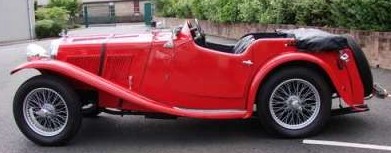
Another
good example of a 1930s Wolseley Hornet
An Outstanding Introduction to Theosophy
By a student of Katherine Tingley
Elementary Theosophy Who is the Man? Body and Soul
Body, Soul and Spirit Reincarnation Karma
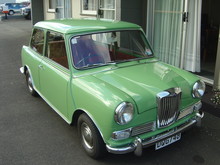
1960s
Riley Elf
Outwardly
the same as the Wolseley Hornet except for the badge & grill
A
bit more expensive
What Theosophy Is From the Absolute to Man
The Formation of a Solar System The Evolution of Life
The Constitution of Man After Death Reincarnation
The Purpose of Life The Planetary Chains
The Result of Theosophical Study
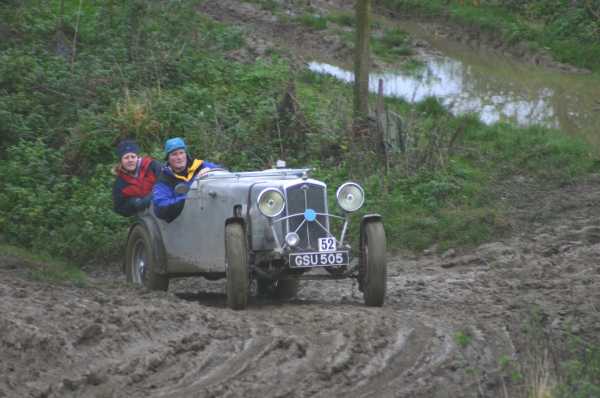
1930’s
Wolseley Hornet on a hill climb trial
An Outline of Theosophy
Charles Webster Leadbeater
Theosophy - What it is How is it Known? The Method of Observation
General Principles The Three Great Truths The Deity
Advantage Gained from this
Knowledge The Divine Scheme
The Constitution of Man The True Man Reincarnation
The Wider Outlook Death Man’s Past and Future
Cause and Effect What Theosophy does for us
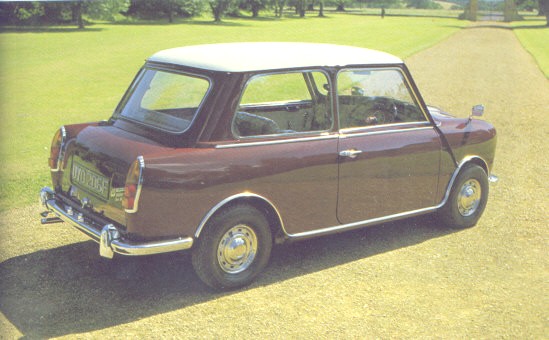
Side
and rear view of a 1960s Wolseley Hornet
Try these if you are looking
for a local
Theosophy Group or Centre
UK Listing of Theosophical Groups
Please tell us about your UK Theosophy Group
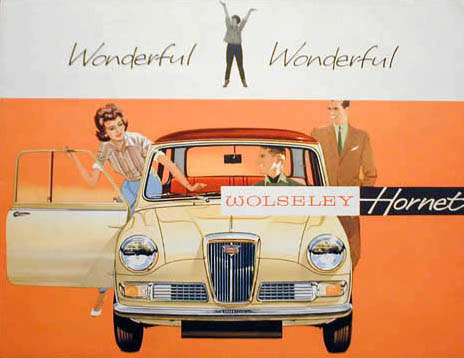
1960s
Wolseley Hornet promotional leaflet
___________________
into categories and
presented according to relevance of website.
Web Directory
- Add Link - Submit Article - Online Store - Forum
______________________
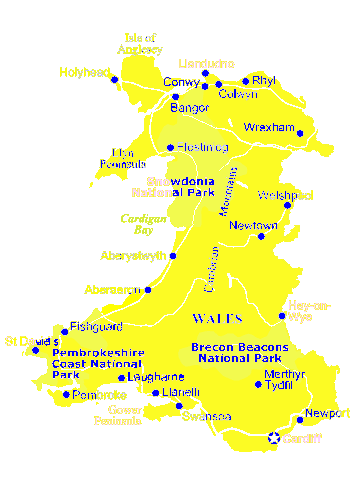
General pages about Wales, Welsh History
and The History of Theosophy in Wales
Wales is a
Principality within the United Kingdom and has an eastern
border with
England. The land area is just over 8,000 square miles.
Snowdon in North
Wales is the highest mountain at 3,650 feet.
The coastline is
almost 750 miles long. The population of Wales
as at the 2001 census is 2,946,200.
________________
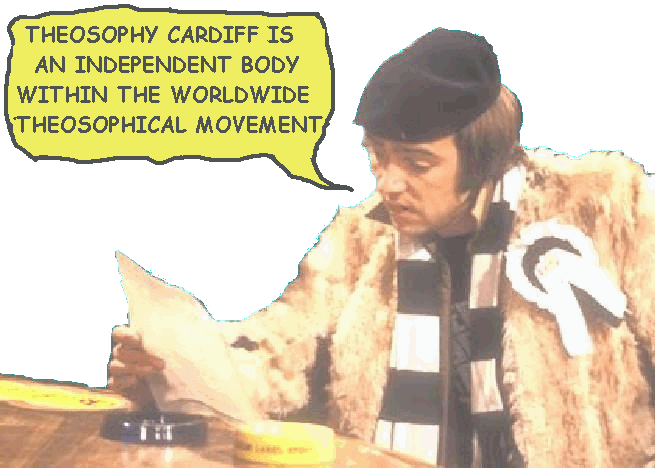
Bangor Conwy & Swansea Lodges are
members
of the Welsh Regional Association
(Formed 1993).
Theosophy Cardiff separated from the
Welsh Regional
Association in March 2008 and became an independent
body within the Theosophical Movement in March 2010
High
Drama & Worldwide Confusion
as
Theosophy Cardiff Separates from the
Welsh
Regional Association (formed 1993)
Theosophy Cardiff cancels its Affiliation
to the Adyar Based Theosophical Society
Cardiff, Wales,
UK, CF24 – 1DL
